Bold Brush had a quick fun color test in their last blog. Of course, I had to take it. I got a “0”. I would usually cringe if I saw that score but in this case it’s really good. Scroll down to the bottom to go to the direct link.
What did you score?
Color Test
This post is by guest author Keith Bond. This article has been edited and published with the author’s permission. We’ve promoted this post to feature status because it provides great value to the FineArtViews community. If you want your blog posts listed in the FineArtViews newsletter with the possibility of being republished to our 75,000+ subscribers, consider blogging with FASO Artist Websites. This author’s views are entirely his own and may not always reflect the views of BoldBrush, Inc.
In a recent Gurney Journey blog post was a link to an online color hue test. It reveals how well you see color. In the test, you drag and drop squares of various hues to arrange them into their proper order – a subtle gradation from one hue to another. You are scored on accuracy.
Zero (no mistakes) means you have perfect color hue perception. A high score (lots of mistakes) means you have low hue perception.
I found it both fun and interesting. I even did it 3 times to try to get better (and did).
The test got me thinking – can you learn to perceive color better?
Before I go too far, I must say that I am not a scientist nor am I a doctor. My ideas I am about to present are simply my thoughts based upon my limited understanding of color and sight. They may have some merit, but maybe not. But they are thought provoking to me, anyway.
The eye has receptors called cones and rods that receive light waves. The brain interprets the light waves and we understand it to be color. Yes, this is a very simplified summary. But it is sufficient for this post.
My question is this: is the ability to see color accurately – as in the color test – because of the cones (physiology) or the brain (mental capacity) or some combination of both? Is the sensitivity of the cones what enables someone to see subtle shifts in hue? Or is it a developed brain that can interpret the subtle differences?
Can someone strengthen the ability of the cones to recognize color better? Or can someone strengthen the ability of the brain to interpret the signals better? Can there be both a physiological and mental development in color perception?
Since my ponderings on this subject only began a few hours ago, I don’t have any answers. I don’t know if there have been any studies done. If anyone knows of any, I would be very interested.
But, this is my theory: you can develop both – but there are limits. I doubt someone who is color blind can learn to see color. But given the cones that one does have, I believe there can be a strengthening on both the physiology and with the mental interpretation.
The reasons for my theory are two-fold. First, we can exercise just about every other part of our body, so why not color perception also? Second, I have experienced improved color perception (both in myself and many of my students).
Although, I will admit, what I interpret as improved color perception may not be anything more than improved observation. But, it very well could also be improved interpretation in the brain or strengthened (more sensitive) receptors in the eye. Who knows?
Regardless, there is another point I wish to bring up. How does this affect you as an artist? The implications of how well you can see and mix very subtle differences in color are intriguing.
But is it really important to see such subtle shifts in hue? Or is it more important to see the broader color relationships and harmonies? I suppose it becomes a very personal matter depending upon how you use color in your art.
Either way, I do think you can improve, through practice, your ability to see color. I believe that increased ability to see enables you to have more choices at your disposal (in terms of how you mix and use color in your work) and ultimately leads to greater creativity.
So, go ahead, take the test. See how you do. Then work to see if you can improve over time.
Best Wishes,
Keith Bond
PS Thanks to James Gurney (creator of Dinotopia) for the Gurney Journey blog post which led me to the color test and ultimately to ponder these questions.
—————————————

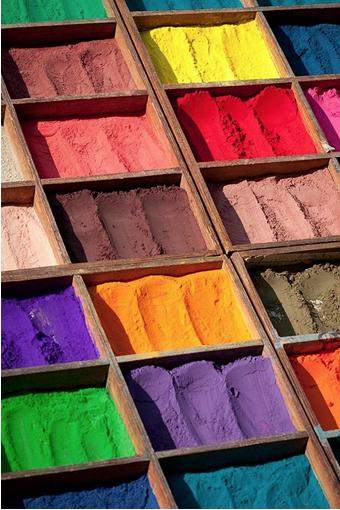


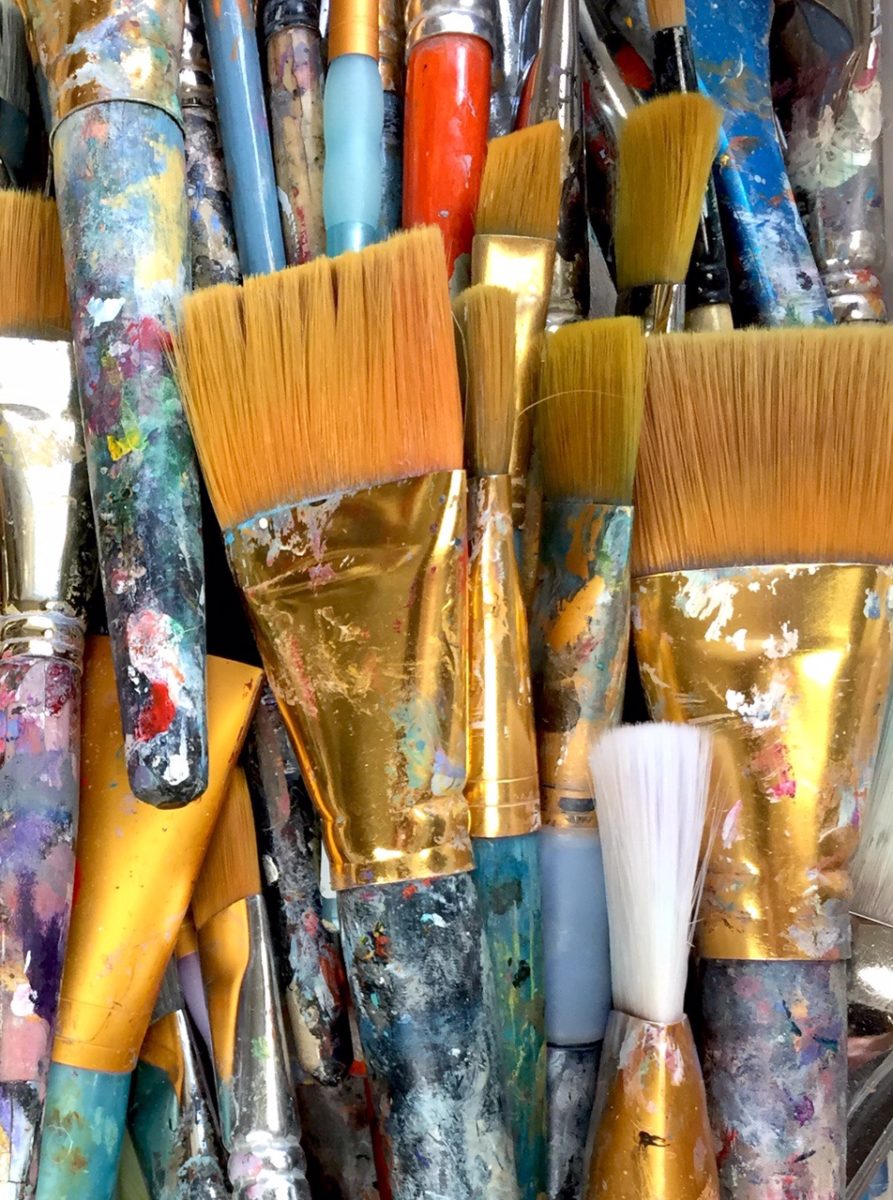
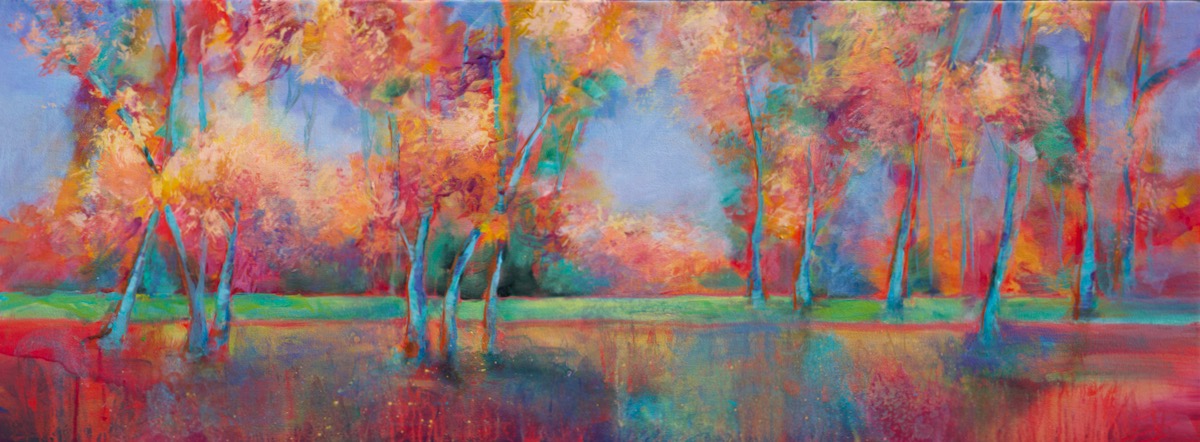
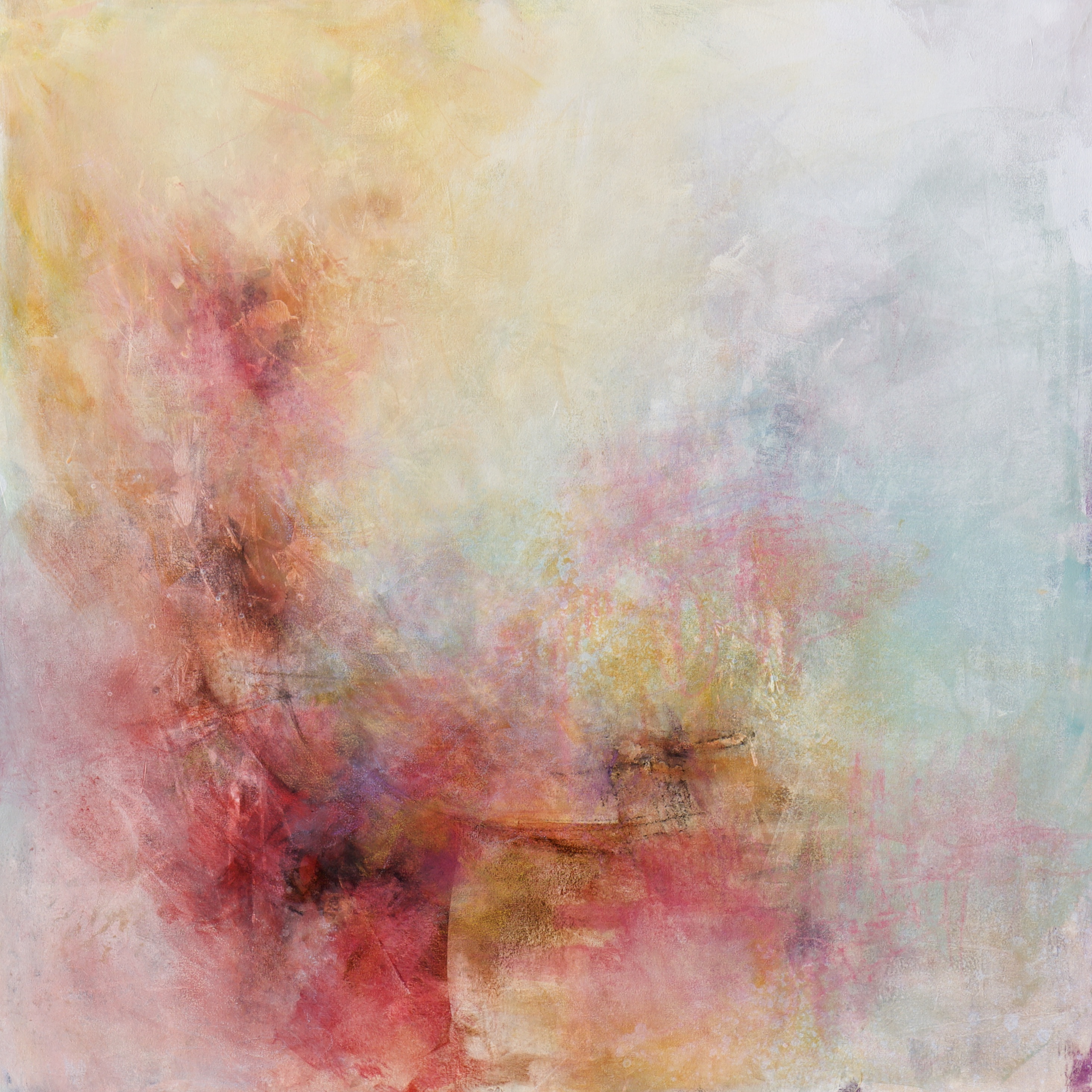
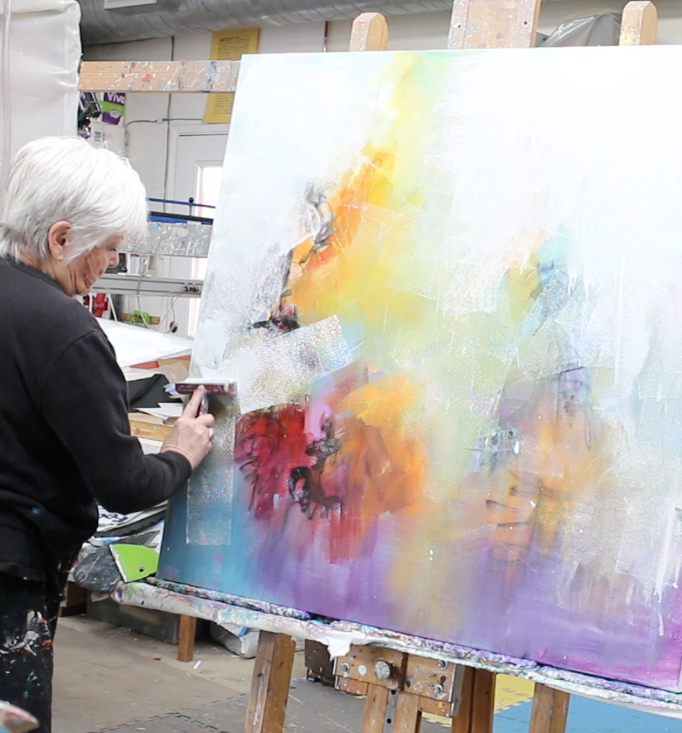


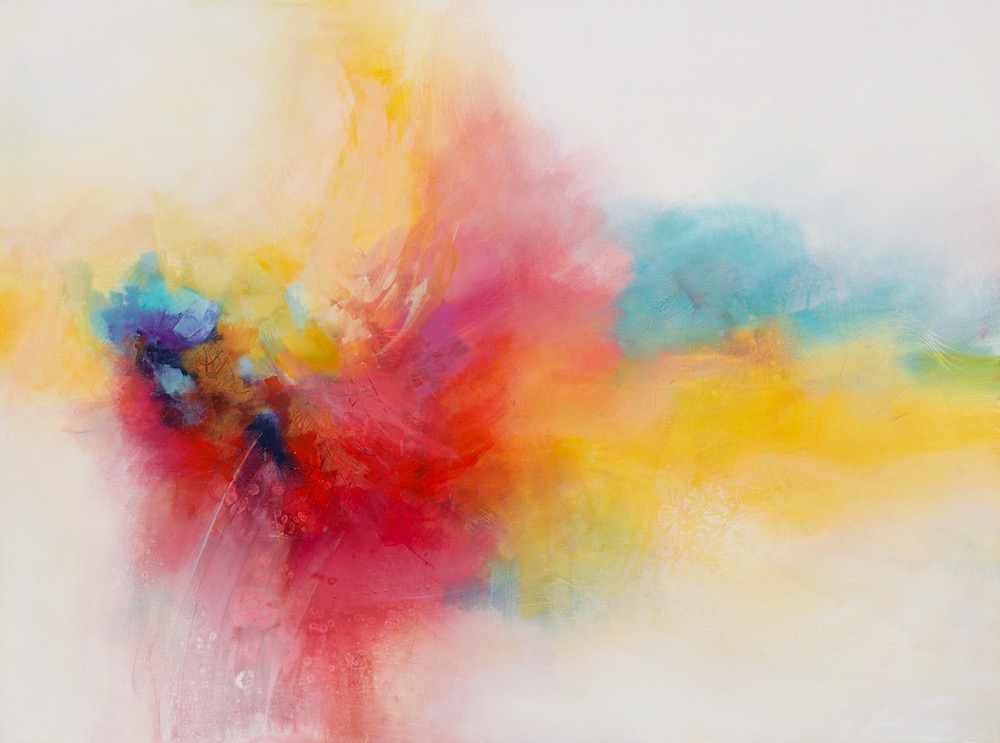

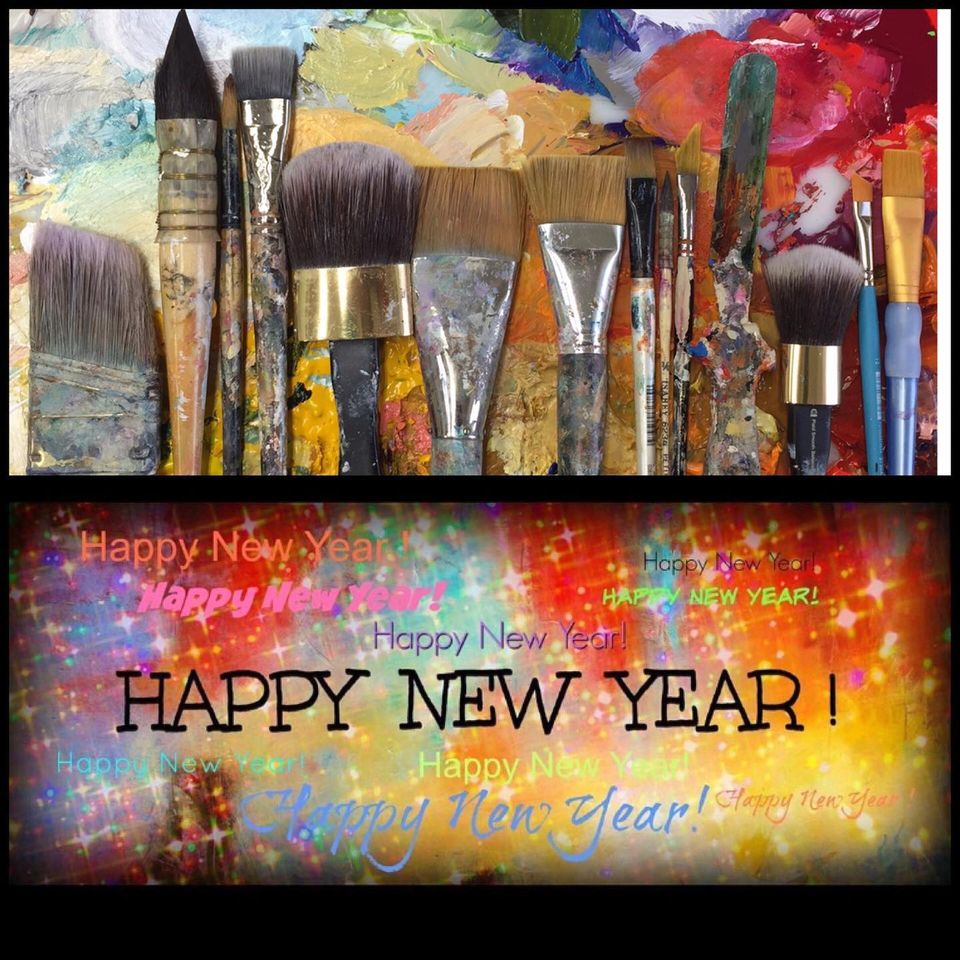
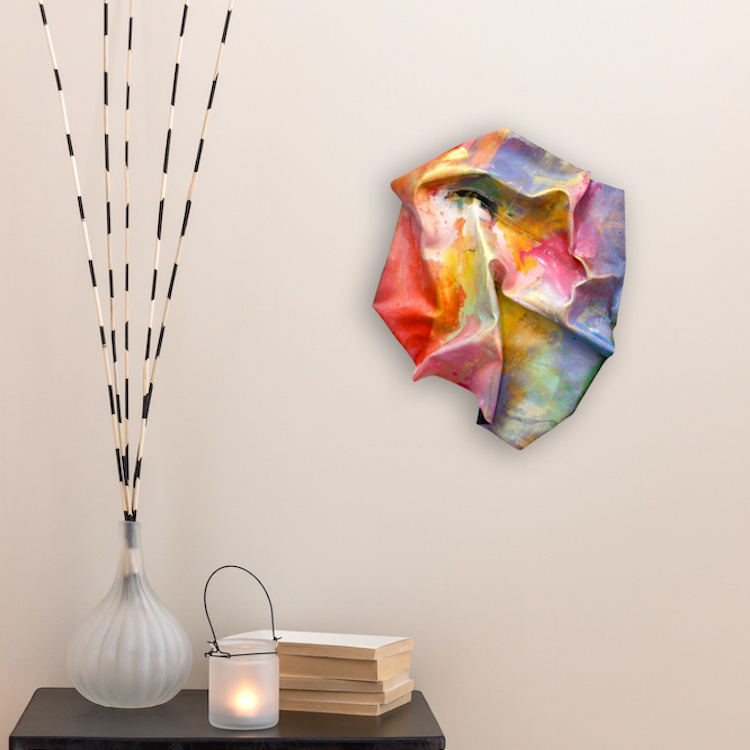
I was shocked–I got a zero on the first try! (and that’s with macular degeneration, glaucoma and cataracts!!). Fun–thanks for sharing!!
Good for you! For those of us who see a line up of color as eye candy, I thought this was very fun.
Karen, in today’s Mar 25 YouTube episode you are using a stencil which leaves nice marks. Would it be possible to get more info on it? Thank you in advance
Hi, thanks for visiting and for your comment. I went online to find art stencils and one company I found was stencilgirlproducts They have some very nice ones.